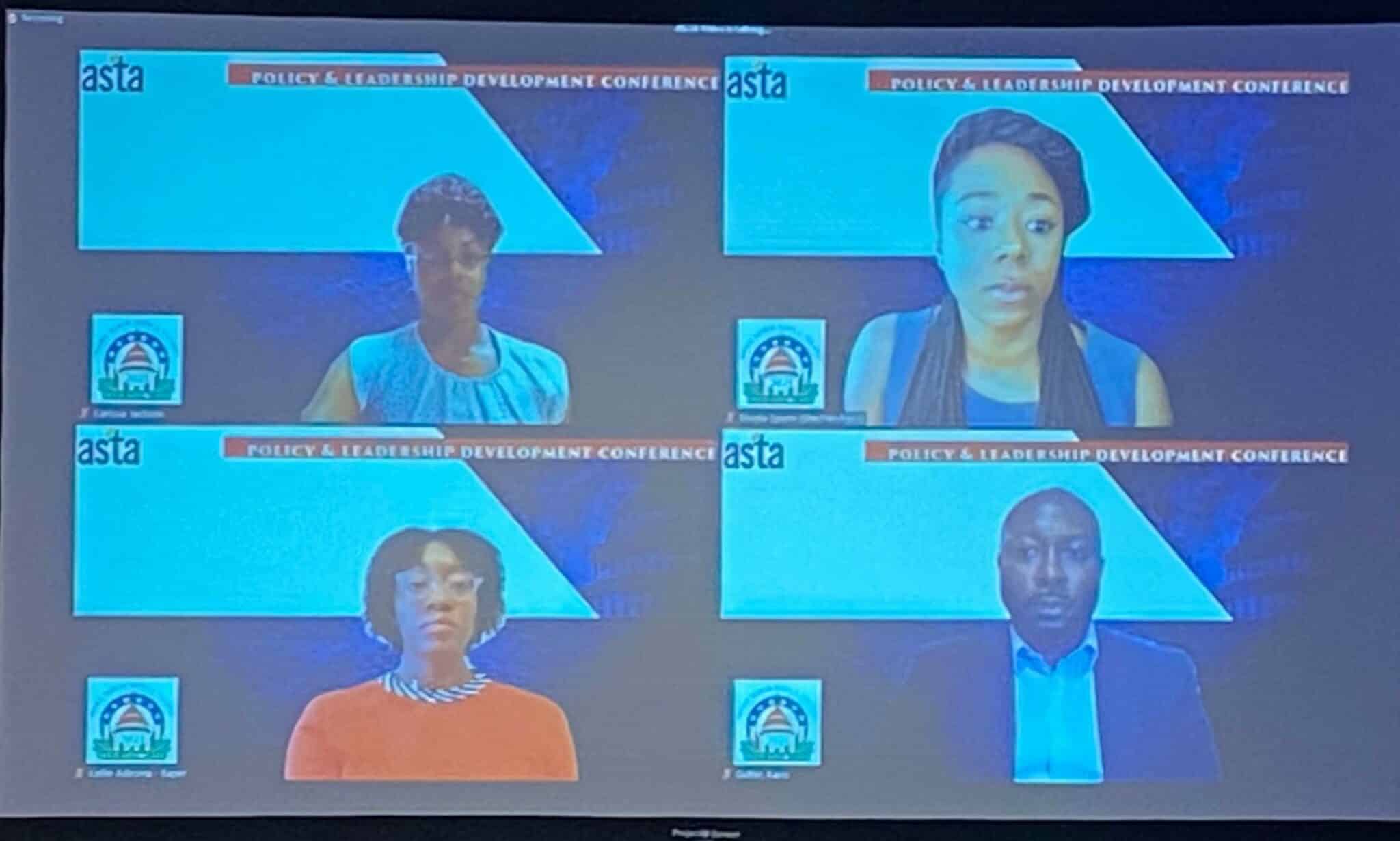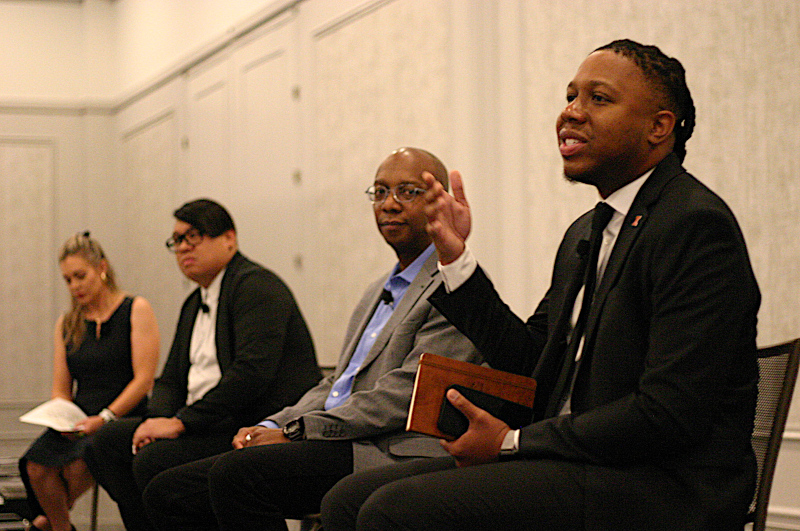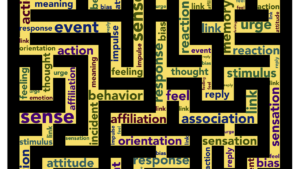There are always topics in the seed industry that are sensitive to talk about, but most people would assume those topics are plant breeding innovations, seed piracy or policy. However, a bigger one being brought up at the American Seed Trade Association’s (ASTA) Policy and Leadership Development Conference (PLDC) is the topic of diversity and inclusion.
“We need to look at leadership from the standpoint of diversity and inclusion,” says Andy LaVigne, CEO of ASTA. “We’ve been asking, ‘How do we identify young leaders? How do we help cultivate them, mentor them and introduce them into the industry?’ Diversity and inclusion is a major part of that.”
Four panelists joined LaVigne in discussing diversity in the seed industry and agriculture as a whole: Shayla Spann of USDA-APHIS, Carissa Jackson of the University of Maryland Eastern Shore, Kellie Adesina of Bayer and Karis Gutter of Corteva.
Have Diversity Top-of-Mind
When it comes to understanding and learning more about diversity, Kellie Adesina, director of government affairs at Bayer, says that having more interactions is imperative.
“There are a lot of smart, young people at these 1890 land-grant universities, and I believe the industry doesn’t use and interact with them as much as we should,” she says.
Instead, building intentional relationships with these universities can help create better and more lasting partnerships.
And, when it comes to sharing information about internships and jobs, Adesina says to share that information with more diverse universities as well.
“Too often, we see information being shared in the same routes, and people will come back and say: ‘Oh, we weren’t able to find your diverse people,'” she says. “There’s opportunities to engage with other organizations such as MANRRS [Minorities in Agriculture, Natural Resources and Related Sciences].”
Carissa Jackson, PhD student at the University of Maryland Eastern Shore, agrees. Noting that this panel was the first time she had heard of ASTA, Jackson believes more exposure is important.
“Exposure at a younger age, such as at the high school level or early college level, is an important way to encourage our young leaders to get involved,” Jackson says. “I was on my way to medical school, but in my senior year of college, I was introduced to biotechnology. If I had been introduced sooner, maybe I would have had a more streamlined path to get where I am.”
Karis Gutter, U.S. government industry affairs lead at Corteva, says it’s simpler than that.
“Hire, invest and think diversity in everything you do throughout your programs,” he says. “If you’re intentional about diversifying your portfolios, we tend to have to have a stronger organization and a more profitable organization.”
The biggest challenge Gutter sees agriculture right now is the lack of diverse voices.
“We have to build a bigger base if we’re going to communicate in a growing economy,” he says. “You need to find a way to reach outside the walls and expand the map.”
As an example, California has 54 representatives — Gutter says you’d need the voting power of Mississippi, Arkansas, Tennessee and Alabama combined to try and match those votes … and you’d still be outvoted by one.
“Diversity is an extreme asset in that situation, because it expands our tent and brings more voices into the fold of agriculture,” he says.
Focusing on Commonality and Changing Mindsets
Another major challenge Adesina sees is that sometimes, people can miss out on opportunities to fold in those diverse voices.
“I tend to be a straight shooter, and I’ve noticed that sometimes, people don’t always value different perspectives,” she says. “You lose out on potential people that can provide the perspective.”
One major key that can play into this the U.S. moving from a more rural background to a more urban background.
“When you move into a less global mindset and into a more suburban/urban mindset, you need to have these different perspectives, and you need to get input on a number of issues,” she says. “In agriculture, we need to think about being more inclusive in general, not just in terms of diversity, but also in thought.”
Adesina says that in particular one thing she’s seen, is that people of color can often get pigeonholed into a specific role.
“I’ve been speaking on a number of panels and have had the opportunity to engage on things outside of diversity and inclusion,” she says. “But sometimes, when it comes to people of color, we find that when it comes to speaking out on panels, it’s just about diversity inclusion. This all relates to wanting to see someone who looks like you in these spaces. You need to know to seek out and try to have people of color talk about biotech issues, chemistry and crop protection because then, the next generation can say: ‘Okay, this is something I can actually pursue.'”
In Jackson’s mind, that means mindsets need to be changed.
“The mindset needs to be changed for diversity to be included,” she says. “If the mindset of the industry isn’t addressed, then there won’t be the opportunities for different groups of people recruited or collaborated with.”
When it comes to approaches to tackle this, Gutter says there’s no one size fits all.
“You’ve got to assess your footprint of the community and do a critical assessment of which categories you want to improve,” he says.
All in all, Gutter mentions building the community is a good first step.
“Many of the smallest companies have to leverage the full-time resources,” he says. “There are some resources at FFA and 4-H that need to be leveraged a bit more. Devoting the time and resources to ensure that those organizations have the resources and tools they need is critically important.”













